What is the best 3D modeling software?
3D modeling brings benefits to many different fields. Popular streaming services and design businesses are seeing rising demand for 3D VFX visuals and 3D models for product design, which has accelerated the growth of the 3D animation and rendering industry. If you are fresher as a visual artist or professional designer seeking software that matches your creative flow, VFX Rendering offers top best 3D modeling software to make your ideas a reality.
Table of Contents
1. What is 3D modeling software?
3D modeling software is a design tool that 3D artists and designers use to generate stunning product designs in a variety of formats. It’s a visualization tool that assists designers in bringing their creative ideas to life and expressing their essence in the most inventive manner possible. Simply said, 3D modeling software converts objects and places them into three-dimensional mathematical formulas and displays them as a photorealistic model. These rendering software applications generate 3D CAD designs, which appear in a variety of businesses for diverse objectives.
Surface modeling for real-time properties, producing lifelike interior designs, web design, and a variety of other nice little tricks are all possible using 3D modeling software. Any modeling program’s sophisticated tools are a much-needed aid for any designer who wants to describe their design plans in clear detail.
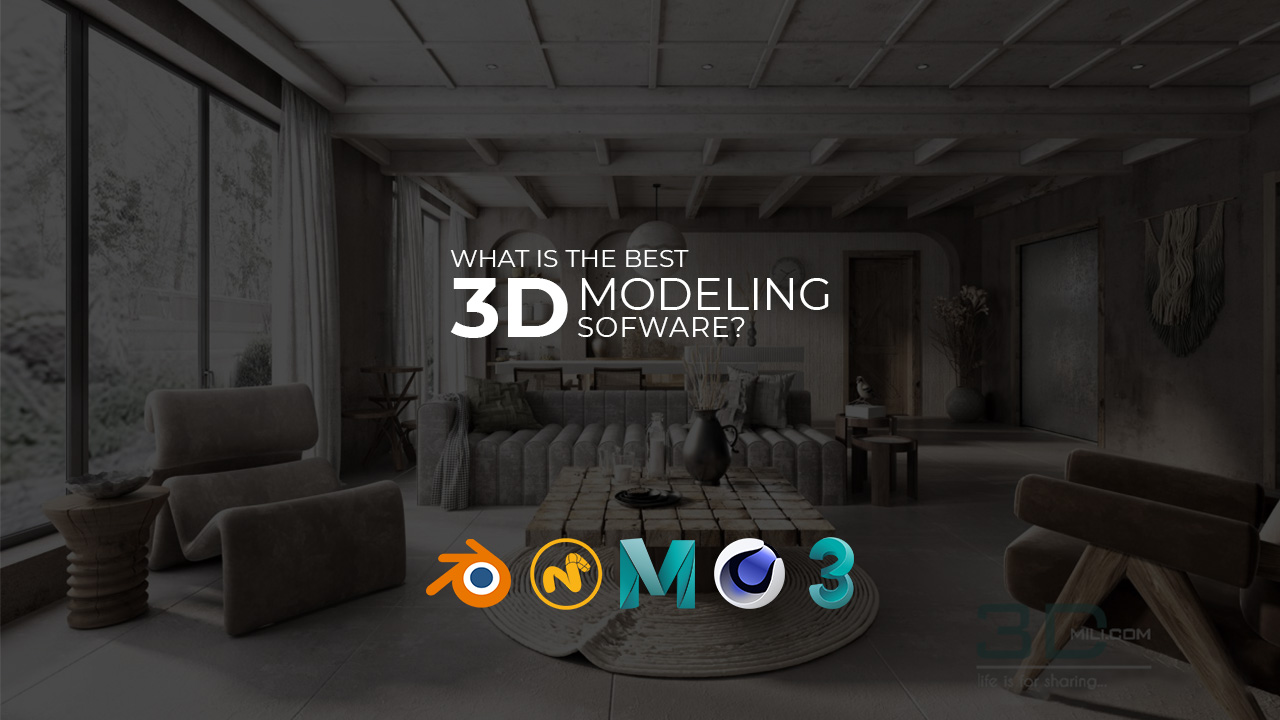
2. How to choose the best 3d modeling software?
Every piece of 3D modeling software has its own set of advantages and disadvantages. Let’s go over the important considerations you should make while selecting the best 3D modeling software for you:
- The rendering platform: You must ensure that the rendering program does not cause your computer to slow down.
- Compatible with your operating systems such as Windows, Mac OS, Linux, iOS, Android,…
- Features of software: See if the software has a toolkit to help visualize your ideas
- Cost: You have to know the pricing they offer to make sure it fits your budget
3. The best 3D software for modeling in 2024
Blender
- System/OS: Windows, macOS (incl. Apple Silicon), Linux
- Price: Free (donations possible)
- Render engine compatibility: Vray, Octane, Renderman, Renderman, Cycles, Eevee,…
- Official Support/Education: User guide, tutorials, forums, Canonical (enterprise)
Blender is the best 3d modeling software free with open source. As a result, the user community is always eager to improve it and promote its usability and feature set. Once upon a time, Blender had a tough learning curve with complex customizations. However, things have improved a lot now. The user interface has become cleaner. With the help of the user community, newbies can easily get acquainted with all the functions of the software.
Most of the other tools in our list of the top 3D design software are geared toward modeling or rendering. The complete pipeline, including modeling, rigging, animation, simulation, renderer, compositing, motion tracking, and video editing, is provided by Blender, making it unique.
Blender has 2 internal render engines: Eevee and Cycles. Eevee is Blender’s real-time rendering engine, whereas Cycles creates renderings of a high enough quality to be used in production. While working with your models, Eevee employs rasterization to quickly provide a rough rendering. However, Cycles is where Blender excels. The open-source rendering engine is a professional-quality physical renderer. It includes ray tracing for precise light dispersion including reflection. Any 3D modeling program needs a strong renderer, but Blender’s rendering engines impress us with their high quality and seamless integration throughout the design process at various stages.

Cinema 4D
- System/OS0: Windows, Linux (command-line rendering), macOS (incl. Apple Silicon)
- Price: $59.91/month ($719 /year)
- Render engine compatibility: Vray, Octane, Redshift, Enscape, Maxwell
- Official Support/Education: User guides, knowledge base, Cineversity Tutorials, support tickets, plugin dev information
The usability of Cinema 4D is well-known. Therefore, several artists use it in numerous blockbuster films that heavily rely on VFX effects. Although Cinema 4D excels at mesh modeling and animation in general, it was primarily designed for simulation and visual effects.
Despite having many new enhancements, the user said that Cinema 4D is a user-friendly program. The complex capabilities and the way the modeling and animation operations have been optimized. It makes impressive for both beginners and seasoned users alike. The workflow will be sped up and time saved in large part by the intuitive layout. Additionally, the community that surrounds Cinema 4D is strong and provides a wealth of tutorials to new artists.
Cinema 4D possesses many outstanding features such as moves Photogrammetry, Advanced Simulation, and Procedural Polygon Reduction,… Maxon doesn’t appear to feel the need to provide more user-friendly versions of Cinema 4D because it is such an established industry standard in its niche markets.
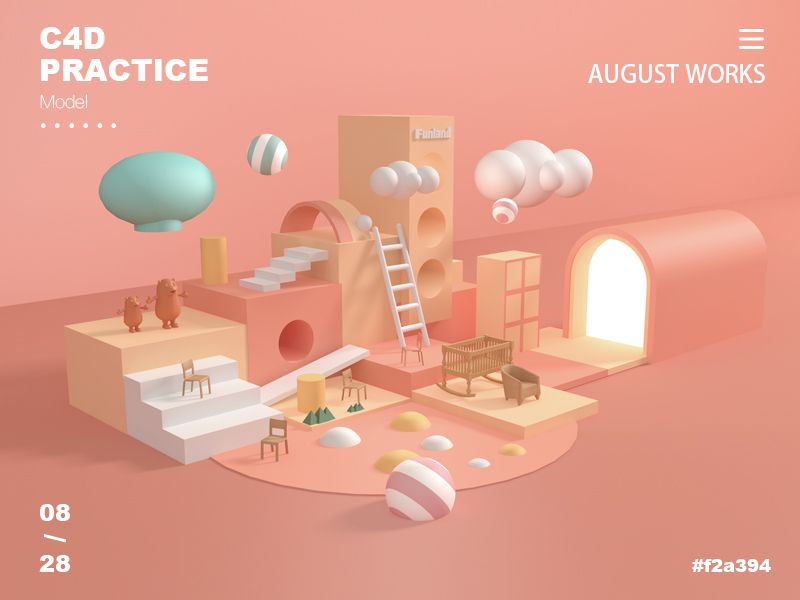
Autodesk 3DS Max
- System/OS: Windows
- Price: $215/month, $1,700 /year | $280 /year for 3ds Max Indie
- Render engine compatibility: Vray, Octane, Corona, Enscape, Lumion, Redshift,…
- Official Support/Education: User guides, knowledgebase, video tutorials
Autodesk 3DS Max is the best choice for the best 3d modeling software for professionals. And since modeling is the focus of this article, 3DS Max is particularly well-liked among architects, interior designers, and game developers that require expert modeling, texturing, and meshing capabilities.
Skeletons and inverse kinematics, clothing simulation, skinning, and character controls for bipedal motion are all standard features. A robust plugin system enables third-party modules to add something to 3DS Max if the software doesn’t already support the precise function or rendering option you require. Although some of these plugins are free, the top-notch ones are purchased.
However, 3ds Max seems to have a difficult learning curve. For customers who are not yet accustomed to 3D modeling, its user interface can be an issue.
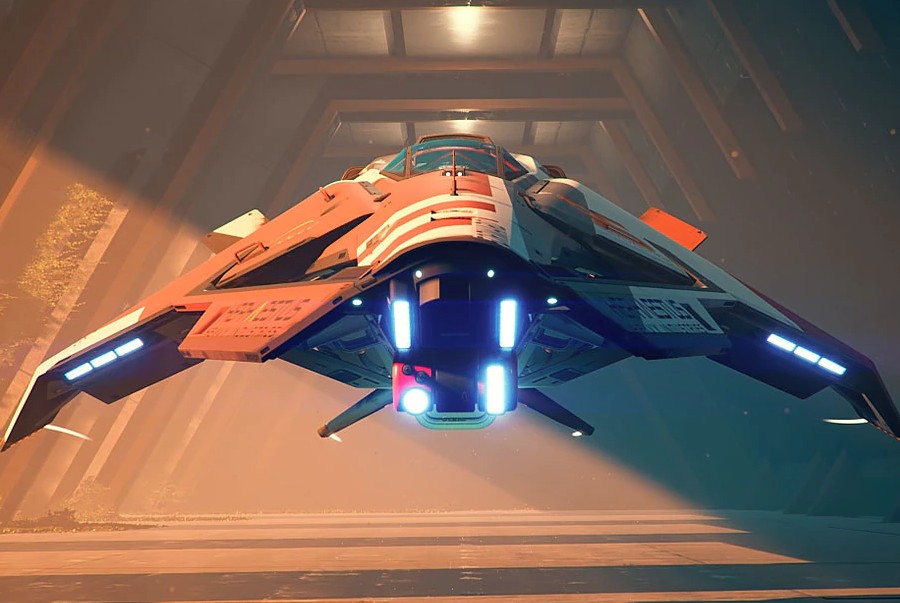
Maya
- System/OS: Windows (10 and newer), macOS (incl. Apple Silicon using Rosetta 2), Linux
- Price: $215/month ($1,700 /year)
- Render engine compatibility: V-ray, Corona, octane, Redshift, Renderman,…
- Official Support/Education: User guides, knowledgebase, video tutorials
Autodesk Maya is the best 3D modeling software for animation. It was one of the first commercial 3D rendering systems to introduce hair and fur. Professional-level capabilities for modeling, texturing, rendering, and other tasks are abundant in the 3D design tool.
It is frequently the software of choice for artists and animators because it is regarded as one of the greatest 3D character modeling programs. For character animation, character movement, and the simulation of natural phenomena like fire, sandstorms, and explosions, Maya offers some pretty potent tools.
However, it also implies that Maya is a very sophisticated tool. And compared to Autodesk 3DS Max, its UI is much less user-friendly. Therefore, this is the ideal 3D modeling software for experts who want to produce expert results rather than for beginners.
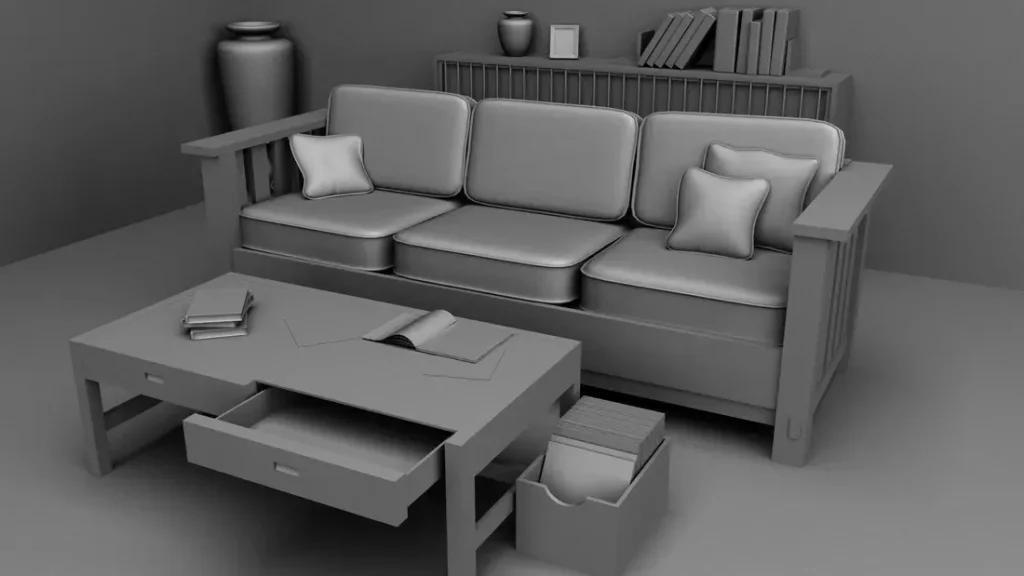
Houdini
- System/OS: Windows, Linux, macOS
- Price: From $269 /year | Free learning edition
- Render engine compatibility: Corona, Octane, Redshift, Renderman, Mantra,…
- Official Support/Education: User guides, knowledge base, tutorials, webinars
Houdini is a 3D modeling program that excels in simulation and procedural creation. Therefore, It is designed from the bottom up to be a procedural system that gives artists the freedom to work independently, produce numerous iterations, and quickly share workflows with associates.
Its node-based workflow provides a straightforward perspective of intricate scenes and enables changes to propagate throughout the project with little user effort. Building massive assets with uniformity and a sense of place by the users’ rules may be a breeze with procedural modeling tools.
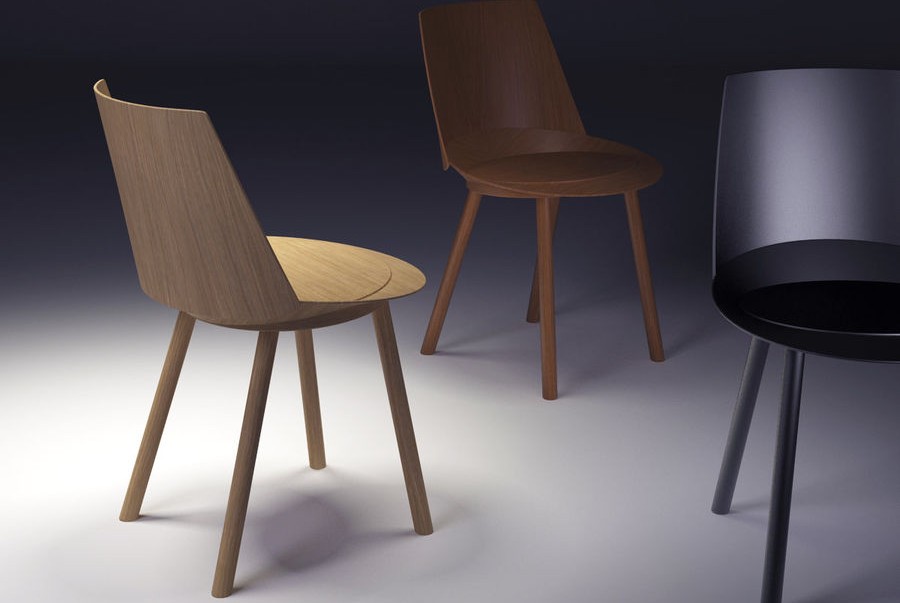
Modo
- System/OS: Windows, macOS, Linux
- Price: $68/month, $689/year | $14.99 /month for Modo indie
- Render engine: V-ray, Octane, Maxwell render,…
- Official Support/Education: User guides, tutorials, webinars, how-tos
One of the more user-friendly yet potent 3D modeling and animation software is called Modo. It’s less popular in professional settings than the other applications on this list, despite its capabilities, but it’s still worth considering because of its distinctive design and functionality.
With Modo, you get an advanced 3D modeler with a tab view that is thoughtfully organized and logical. Its user interface is highly adaptable, making it simple to change if you have a preference or want to experiment with your UI.
Although Modo has sculpting and animation features, these are not its strongest points. Its primary selling features in polygon and subdivision surface modeling are customizability and workflow efficiency.
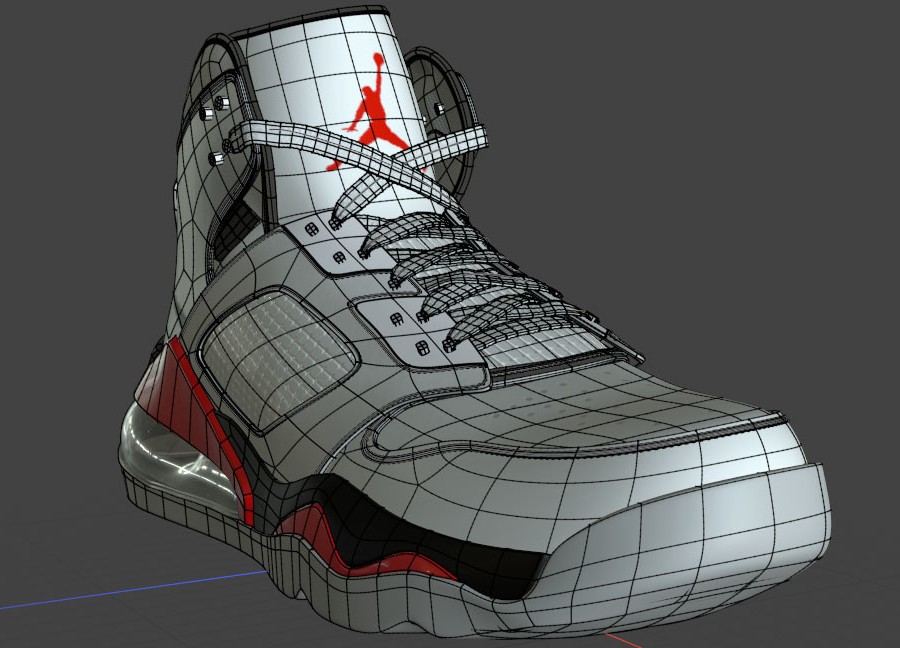
Unreal engine
- System/OS: Windows
- Price: Free (custom licensing terms/fees/pricing may apply)
- Render engine: V-ray,…
- Official Support/Education: User guides, tutorials, knowledgebase, instructed learning
Unreal now has 3D modeling capabilities, eliminating the need to model in other programs first. Besides, it also allows you to generate components and scenarios directly in the engine. Its node-based workflow provides a straightforward perspective of intricate scenes and enables changes to propagate throughout the project with little user effort. Building massive assets with uniformity and a sense of place by the users’ rules may be a breeze with procedural modeling tools.
Unreal Engine excels at rigging, animation, and skinning your creations because it is a tool for interactive entertainment, but even the capacity to create hard and soft body concepts from scratch is fantastic. We consider that it is the best 3D software for game development.
And to top it off, the recent acquisition of Sketchfab by Epic Games solidifies its position as a 3D modeling platform in the future. With Sketchfab’s marketplace for 3D assets expected to keep up with Unreal Engine and Epic’s other 3D services in the future, if not become even more integrated,

Z Brush
- System/OS: Windows, macOS
- Price: $895/£769.20 perpetual license or $39.95 a month
- Official Support/Education: User guides, knowledge base, ZClassroom tutorials, livestream guides
ZBrush offers a unique perspective on 3D object modeling. Designers and artists can sculpt digital clay in real-time using a brush system. ZBrush turned out to be one of the greatest 3D modeling programs for 3D printing because of its “virtual claymation” method.
ZBrush is extremely simplified to use for this purpose because it is so focused on digital sculpting. Switching between brushes and you are most often used tools will come naturally if you are familiar with the technique. Despite this, ZBrush does offer a lot of other features for such a focused program, which might initially befuddle new users. The community for this sculpting tool is incredibly active, and there are a ton of lessons available for users of all skill levels.
This software has an artist-friendly feature. It is a non-linear production path. This enables you to roll back a design to an earlier version, make changes, and then go forward once more. Due to its adaptability, the process can include blunders, changes of heart, or evolving design.
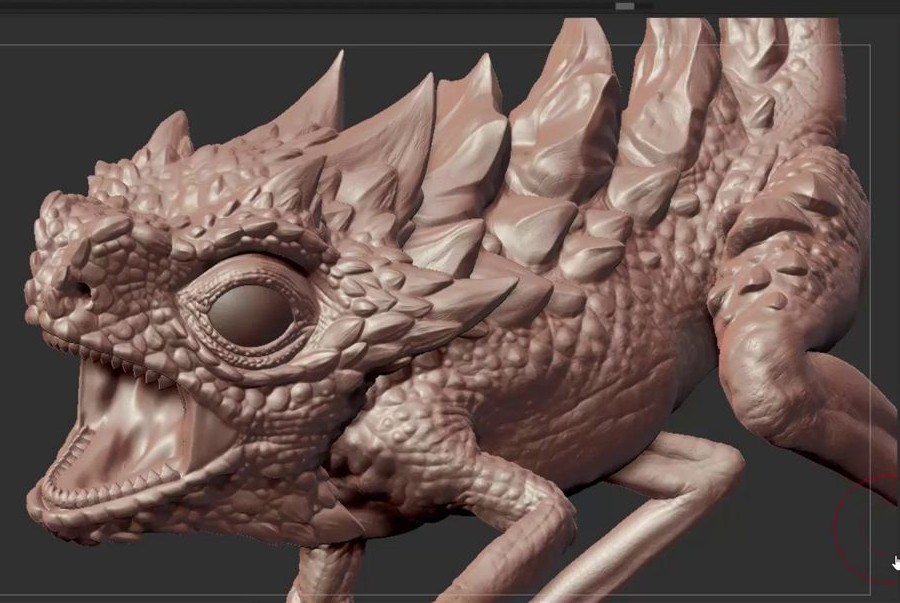
Sketchup
- Platform: Browser
- Use Cases: Architecture, Product Design
One of the best pieces of professional software available is the sketch and extrude CAD program known as SketchUp. An excellent browser-based edition that is simple for novices is the free version of SketchUp for Web. Because of its user-friendly interface and features, even seasoned architects and artists prefer this software.
In essence, direct modeling systems like SketchUp let you sketch a 2D shape and then add depth to it using the “extrude” tool. Although that is a simplification and SketchUp may be very precise, it is what you will initially see. The majority of people likely associate “CAD” with the sketch and extrude programs like SketchUp in addition to parametric software. Besides, you can use the helpful SketchUp Warehouse to obtain pre-existing models to work with. There is a convenient integrated “instructor” that will explain how to use each tool.

4. Conclusion
Consider your use and wants, your skill level, your budget, and what works best for your creative workflow when deciding which software is ideal for 3D modeling. If you’re new to computer graphics and visualizations, start with a program with a lower learning curve. Because certain 3D modeling and rendering applications might be complex or daunting to beginners.
Budget will be an issue, particularly for creatives who want that polished professional look. High-end programs like Autodesk 3DS Max and Maya provide industry-standard outcomes at prices that are within the industry norm. Tools like Blender and SketchUp Free provide cost-effective options if your needs (or money) are more limited, such as when creating a rapid mock-up or visualization.
In conclusion, VFX Rendering has shown the best 3D modeling software, hope that the list we provide can include the information you need.
- See more: Best CPU for 3D Modeling



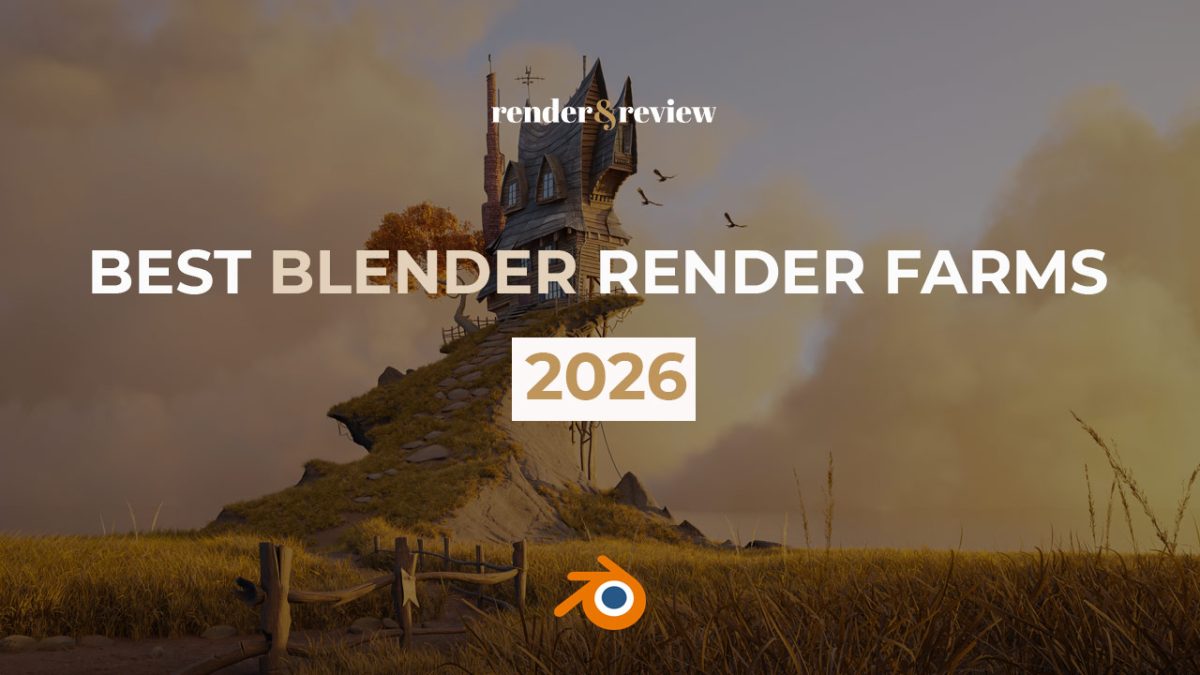
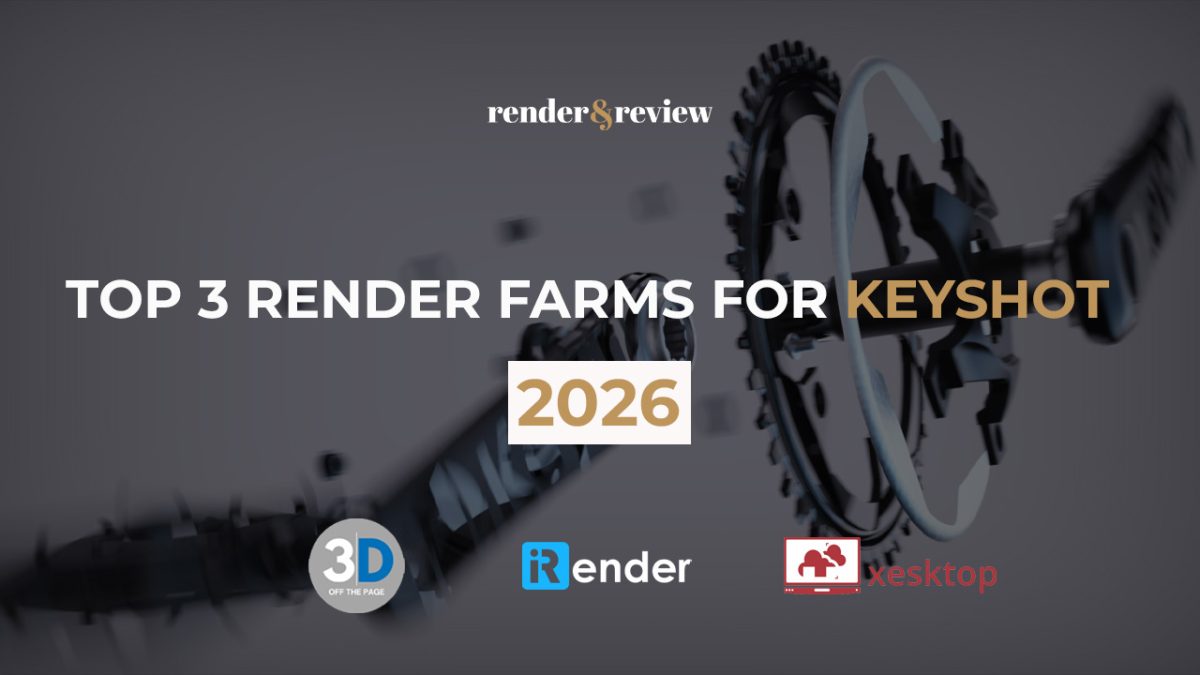
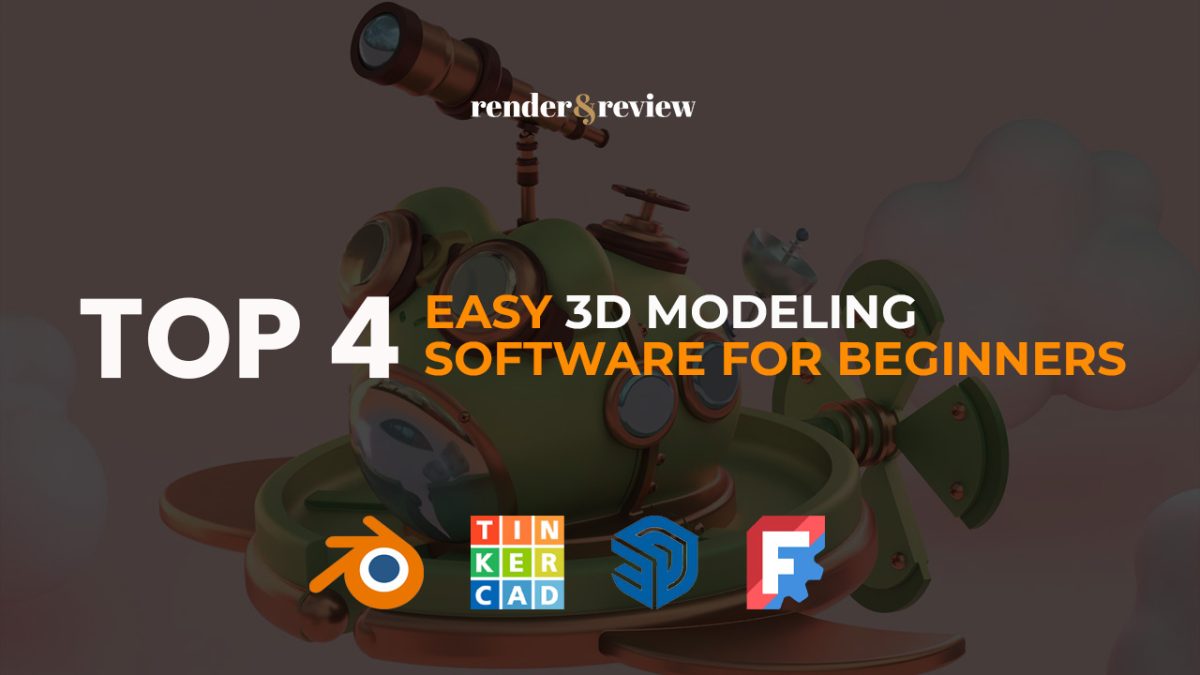
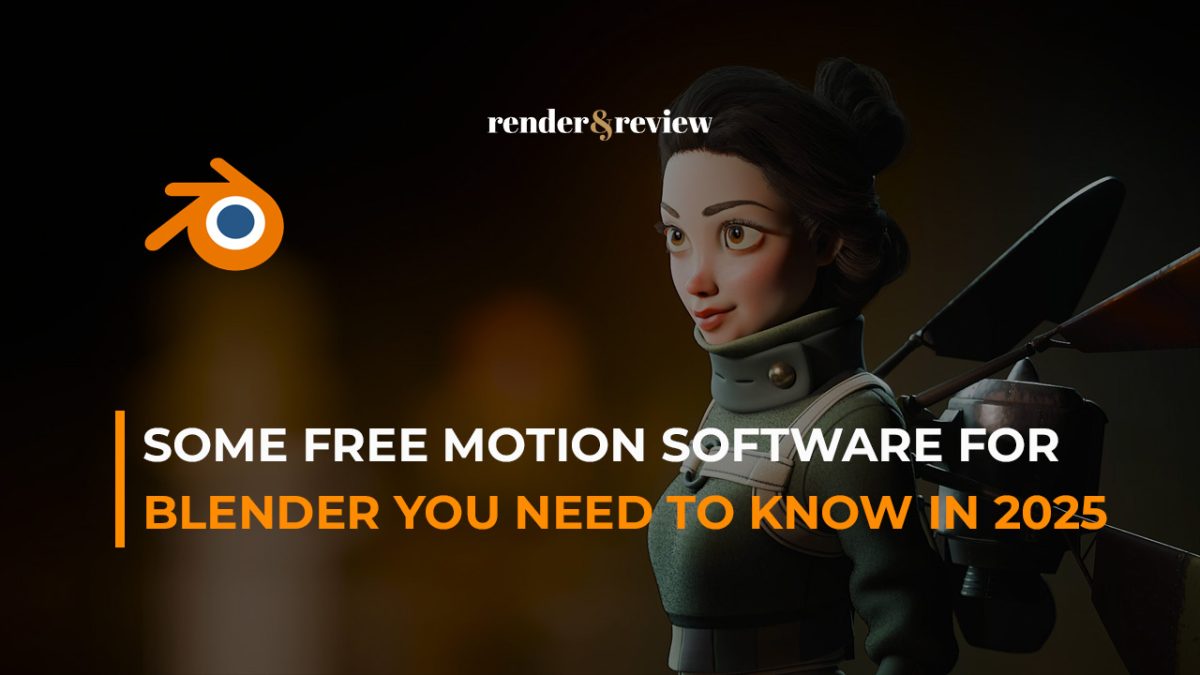
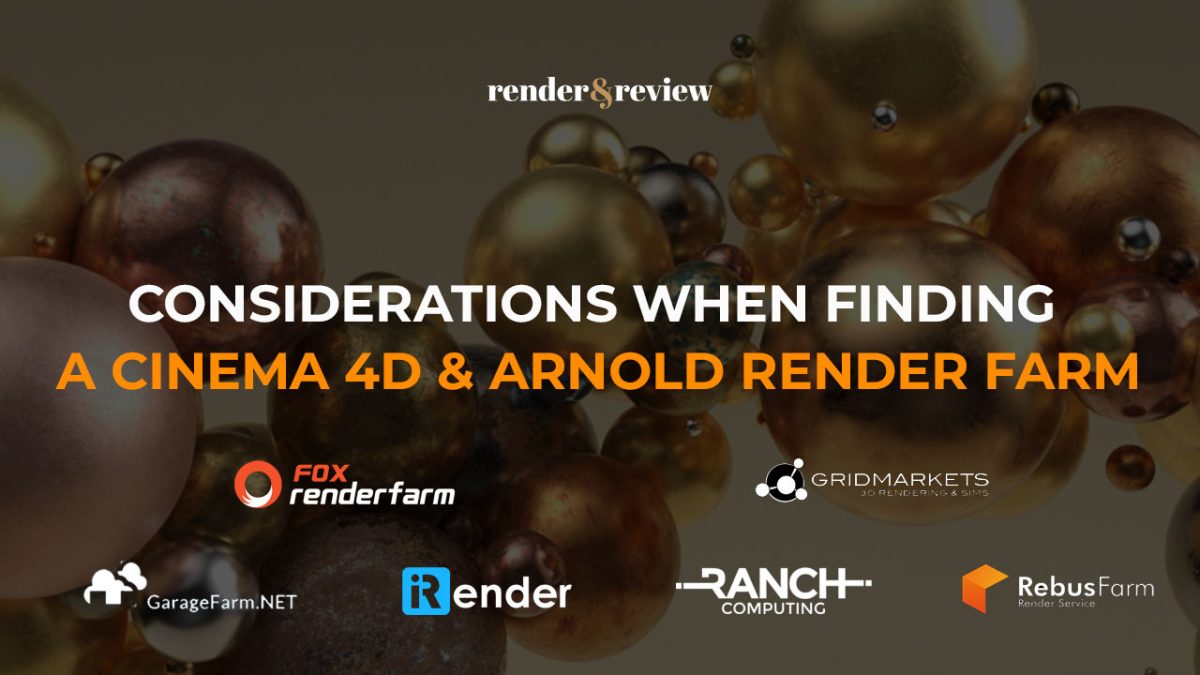
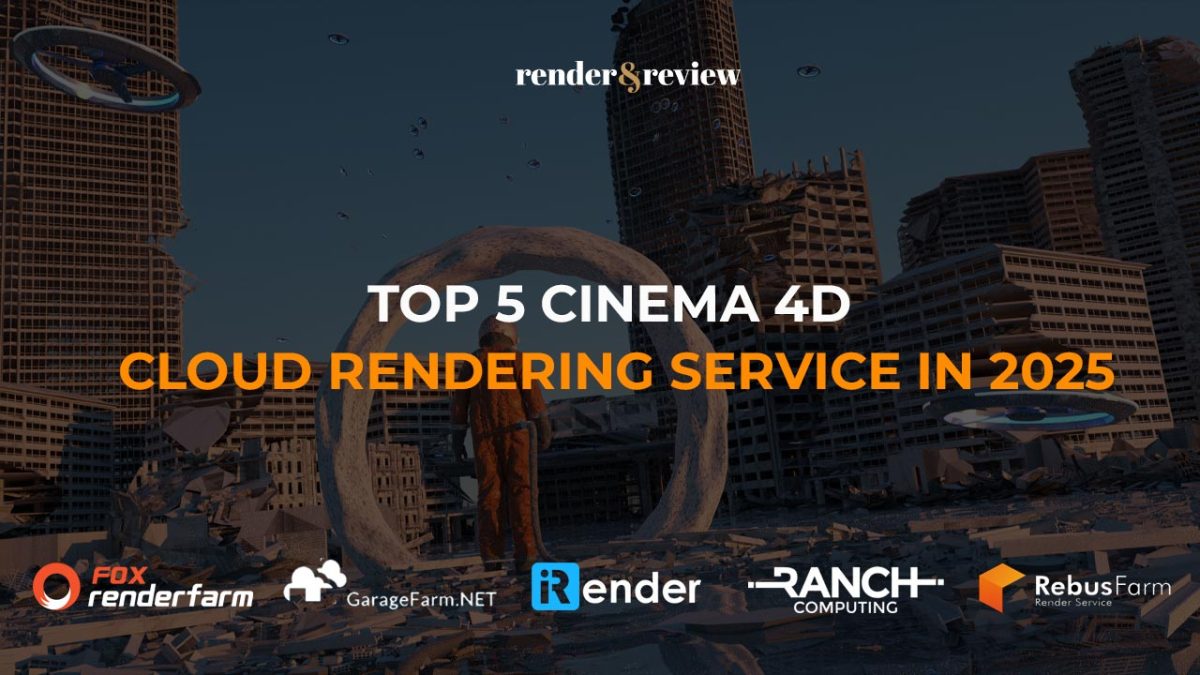
No comments